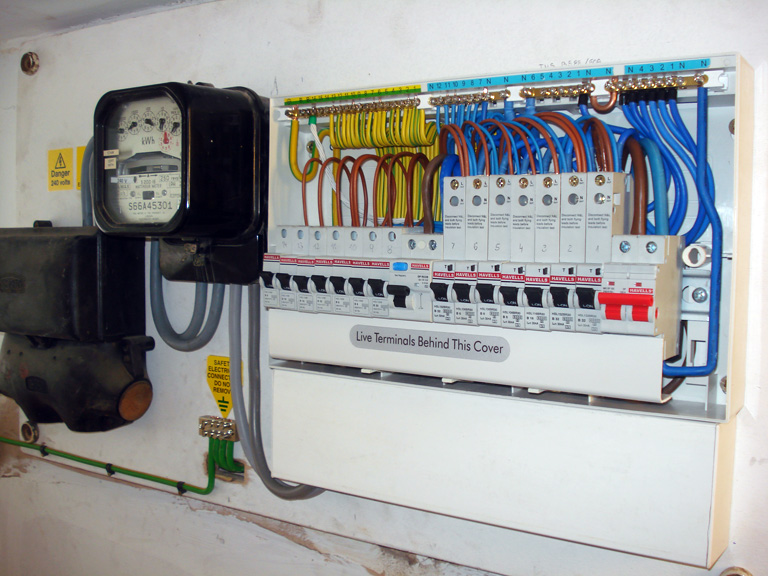Electrical systems are the lifeblood of modern homes. From lighting up our living spaces to powering our everyday appliances, a reliable domestic electrical installation is crucial for our comfort and safety. Whether you’re building a new home, renovating an old one, or simply upgrading your electrical system, this guide will walk you through the basics of domestic electrical installation. So, let’s dive into the world of wires, circuits, and switches to ensure your home is well-connected!
Chapter 1: Understanding Domestic Electrical Systems
To embark on your domestic electrical installation journey, you first need to understand the core components of an electrical system. This includes the main service panel, circuit breakers, wiring, outlets, switches, and grounding. Knowing how these elements work together is essential for safe and effective electrical installation.
Chapter 2: Planning Your Electrical Layout
Before you start wiring your home, careful planning is paramount. Identify the locations of outlets, switches, and fixtures. Ensure they meet your needs and adhere to local building codes. This stage is also the perfect time to consider energy-efficient lighting and appliance options, which can save you money and reduce your environmental footprint.
Chapter 3: DIY or Professional Help?
Depending on your experience and local regulations, you may choose to handle the electrical installation yourself or hire a licensed electrician. While some small projects can be DIY-friendly, it’s crucial to understand your limitations and prioritize safety. For more extensive installations, it’s advisable to consult with a professional to ensure compliance and safety.
Chapter 4: Electrical Wiring and Circuits
Wiring is the backbone of your electrical system. You’ll need to understand the different types of electrical wiring and how to properly run them throughout your home. You’ll also need to design and create circuits to distribute electricity to various areas and devices, keeping in mind load capacities and safety measures.
Chapter 5: Electrical Safety Precautions
Safety should always be the top priority when working with electricity. This chapter will provide an in-depth guide on safety measures, including electrical codes, grounding, GFCI (Ground Fault Circuit Interrupter) outlets, surge protectors, and more. Electrical safety is not something to be taken lightly, so be sure to follow best practices.
Chapter 6: Installation Techniques
Here, we’ll discuss the step-by-step process of installing outlets, switches, and fixtures. You’ll learn about the proper tools, techniques, and materials required for a successful domestic electrical installation. We’ll also delve into troubleshooting common electrical issues and how to address them.
Chapter 7: Regular Maintenance and Upkeep
Electrical systems require regular maintenance to ensure they remain safe and efficient. We’ll explore how to inspect your system, change light bulbs, and replace worn-out outlets. By taking these proactive steps, you can extend the lifespan of your electrical installation and minimize the risk of electrical hazards.
Chapter 8: Going Green with Electrical Installations
As sustainability becomes increasingly important, this chapter will introduce you to eco-friendly electrical options. From LED lighting to energy-efficient appliances and solar panels, you’ll discover how to make your domestic electrical installation more environmentally friendly.


Leave a Reply